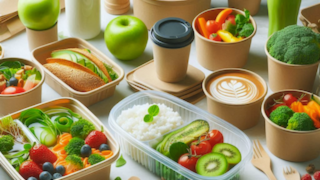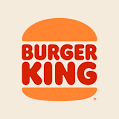The Rise of Green Packaging Solutions for a Healthier Planet and profitability
We at Produce Bio Pak LL have researched sustainability in an era where environmental consciousness is at an all-time high, eco-friendly food containers have emerged as a game-changer in our daily lives. As we step into 2024, these sustainable packaging solutions are not just a trend but a necessity for a greener future. This article delves into the world of eco-friendly food containers, exploring their benefits, types, and impact on our planet.
Table of Contents
- Introduction to Eco-Friendly Food Containers
- Types of Sustainable Food Packaging
- Environmental Impact of Green Packaging
- Consumer Adoption and Market Trends
- Innovations in Eco-Friendly Food Packaging
- Challenges and Solutions in Sustainable Packaging
- The Future of Eco-Friendly Food Containers
- Conclusion
- FAQs
Introduction to Eco-Friendly Food Containers
Eco-friendly food containers are designed to minimize environmental impact while providing practical solutions for food storage and transportation. These containers are typically made from sustainable materials that are biodegradable, compostable, or easily recyclable. As we become more aware of the detrimental effects of plastic pollution, the shift towards green packaging solutions has gained significant momentum.
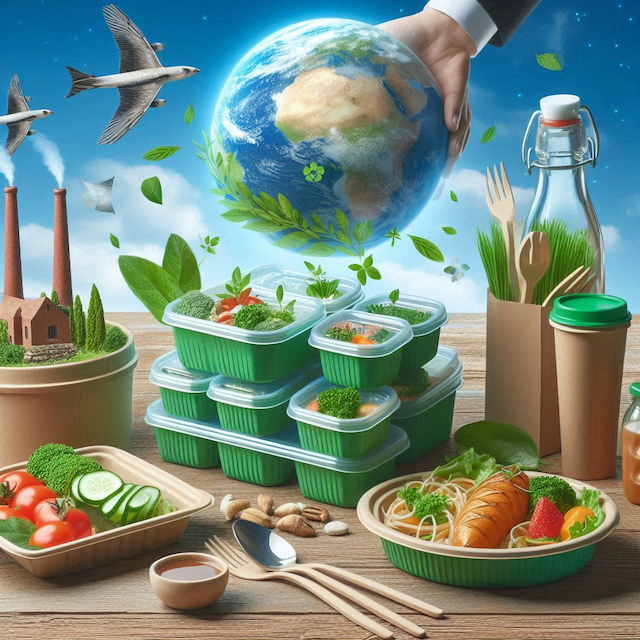
Key Benefits of Eco-Friendly Food Containers:
- Reduced plastic pollution
- Lower carbon footprint
- Conservation of natural resources
- Promotion of a circular economy
- Improved brand image for businesses
Types of Sustainable Food Packaging
The market for eco-friendly food containers offers a variety of options to suit different needs and preferences. Here’s a breakdown of the most popular types:
| Container Type | Material | Environmental Benefit |
|---|---|---|
| Compostable Containers | Plant-based fibers (e.g., bamboo, sugarcane) | Biodegradable, reduces landfill waste |
| Glass Containers | Recycled glass | Infinitely recyclable, non-toxic |
| Stainless Steel Containers | Recycled stainless steel | Durable, long-lasting, recyclable |
| Paper-based Packaging | Recycled paper, cardboard | Biodegradable, easily recyclable |
| Bioplastic Containers | Cornstarch, potato starch | Reduced carbon footprint, biodegradable |
Spotlight on Compostable Containers
Compostable containers have gained significant popularity due to their ability to break down naturally without leaving harmful residues. Made from materials like bamboo, cornstarch, or sugarcane fibers, these containers offer a guilt-free solution for takeout meals and food storage.
Environmental Impact of Green Packaging
The adoption of eco-friendly food containers has a profound impact on our environment. Let’s explore some key areas where these sustainable solutions make a difference:
- Reduction in Plastic Pollution: By choosing biodegradable or recyclable materials, we can significantly reduce the amount of plastic waste ending up in our oceans and landfills.
- Lower Carbon Emissions: The production of eco-friendly containers often requires less energy compared to traditional plastic manufacturing, resulting in a lower carbon footprint.
- Conservation of Natural Resources: Using renewable materials and recycled content helps preserve our planet’s finite resources.
- Promotion of Circular Economy: Eco-friendly containers are designed to be reused, recycled, or composted, supporting a more sustainable economic model.
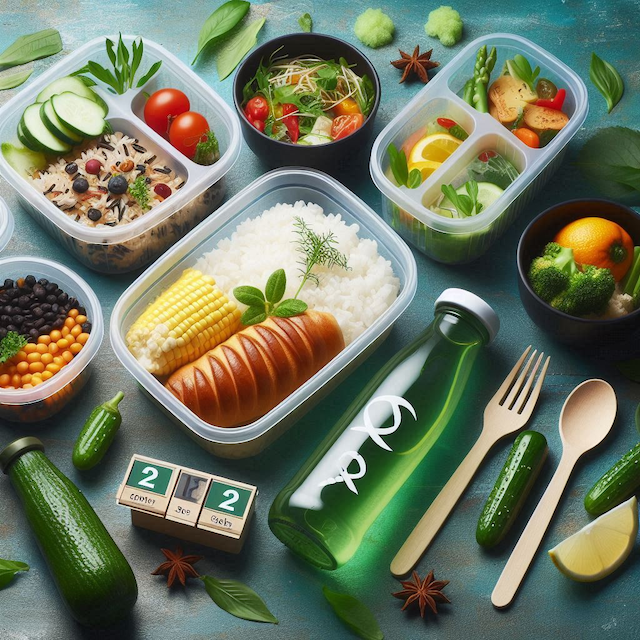
Consumer Adoption and Market Trends
The shift towards eco-friendly food containers is driven by increasing consumer awareness and demand for sustainable products. In 2024, we’re seeing several key trends shaping the market:
- Conscious Consumerism: More people are actively seeking out environmentally friendly packaging options.
- Corporate Responsibility: Businesses are adopting sustainable packaging to meet consumer expectations and regulatory requirements.
- Innovative Designs: Manufacturers are creating aesthetically pleasing and functional eco-friendly containers to appeal to a broader audience.
- Transparency in Sourcing: Consumers are demanding clear information about the origin and environmental impact of packaging materials.
List: Factors Driving Consumer Adoption
- Environmental awareness
- Health concerns related to plastic use
- Social media influence and eco-friendly lifestyle trends
- Improved availability and affordability of sustainable options
- Government regulations promoting sustainable packaging
Innovations in Eco-Friendly Food Packaging
The field of sustainable food packaging is constantly evolving, with new innovations emerging to address environmental challenges. Some exciting developments include:
- Edible Packaging: Containers made from edible materials like seaweed or milk proteins that can be consumed along with the food.
- Smart Packaging: Containers equipped with sensors to monitor food freshness and reduce waste.
- Nanocellulose Materials: Ultra-strong, lightweight packaging derived from plant cellulose fibers.
- Mycelium Packaging: Biodegradable containers grown from mushroom roots.
These innovations are pushing the boundaries of what’s possible in sustainable packaging, offering exciting possibilities for the future of food storage and transportation.
Challenges and Solutions in Sustainable Packaging
While eco-friendly food containers offer numerous benefits, there are still challenges to overcome:
- Cost: Sustainable materials can be more expensive than traditional plastics.
- Solution: Increasing production scale and improving manufacturing processes to reduce costs.
Performance: Some eco-friendly materials may not perform as well as plastic in terms of durability or moisture resistance.
- Solution: Ongoing research and development to enhance material properties.
- Consumer Education: Many people are still unaware of how to properly dispose of or recycle different types of eco-friendly containers.
- Solution: Clear labeling and educational campaigns to inform consumers about proper disposal methods.
- Supply Chain Integration: Implementing sustainable packaging solutions across entire supply chains can be complex.
- Solution: Collaboration between manufacturers, retailers, and waste management facilities to create cohesive systems.
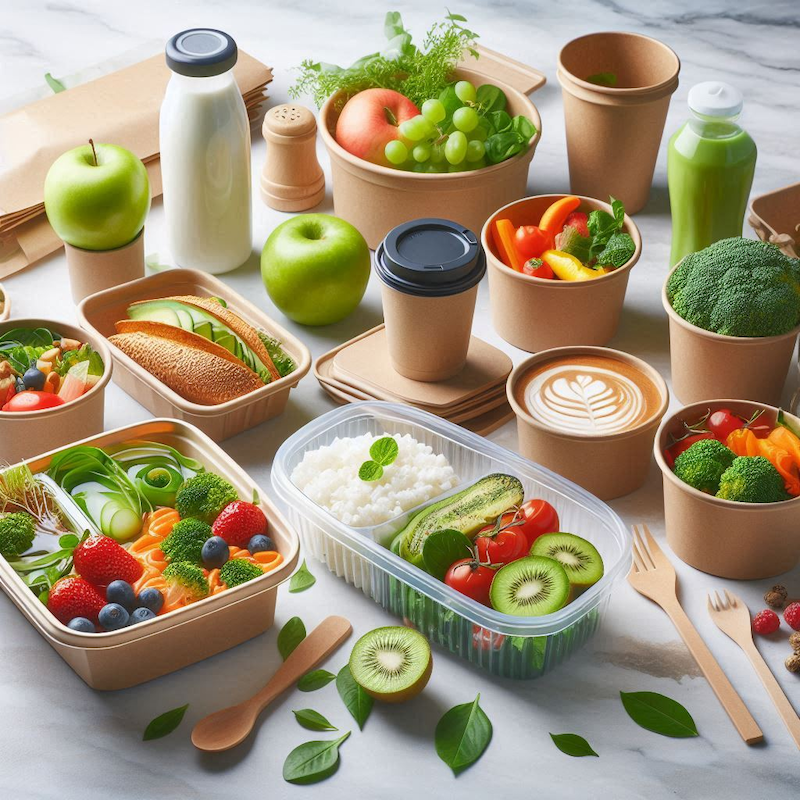
The Future of Eco-Friendly Food Containers
As we look ahead, the future of eco-friendly food containers appears bright. Here are some predictions for the coming years:
- Increased Regulation: More governments are likely to implement stricter regulations on single-use plastics, driving further adoption of sustainable alternatives.
- Technological Advancements: Continued research will lead to new materials and production methods that enhance the performance and reduce the cost of eco-friendly containers.
- Mainstream Adoption: As awareness grows and prices decrease, eco-friendly food containers will become the norm rather than the exception.
- Circular Economy Integration: The design and lifecycle of food containers will be increasingly integrated into circular economy models, maximizing resource efficiency.
Conclusion
Eco-friendly food containers are more than just a passing trend; they represent a crucial step towards a more sustainable future. As we navigate the challenges of climate change and environmental degradation, these innovative packaging solutions offer a tangible way for individuals and businesses to make a positive impact.
By choosing eco-friendly food containers, we can reduce our carbon footprint, minimize plastic pollution, and contribute to the conservation of our planet’s resources. As technology advances and consumer demand grows, we can expect to see even more exciting developments in the field of sustainable packaging.
Let’s embrace this green revolution and make eco-friendly food containers an integral part of our daily lives. Together, we can create a cleaner, greener world for generations to come.
FAQs
Are eco-friendly food containers as durable as plastic ones?
While some eco-friendly materials may not be as durable as plastic, many sustainable options offer comparable strength and functionality for everyday use.
Are eco-friendly food containers more expensive than traditional plastic containers?
While eco-friendly options can be slightly more expensive, prices are becoming more competitive as production scales up and technology improves.
How do I properly dispose of compostable food containers?
Compostable containers should be placed in industrial composting facilities. Check with your local waste management service for proper disposal guidelines.
Can eco-friendly food containers be used in the microwave?
Many eco-friendly containers are microwave-safe, but always check the product label for specific instructions.
How long do biodegradable food containers take to decompose?
The decomposition time varies depending on the material and environmental conditions, but most biodegradable containers break down within 3-6 months in proper composting conditions.

